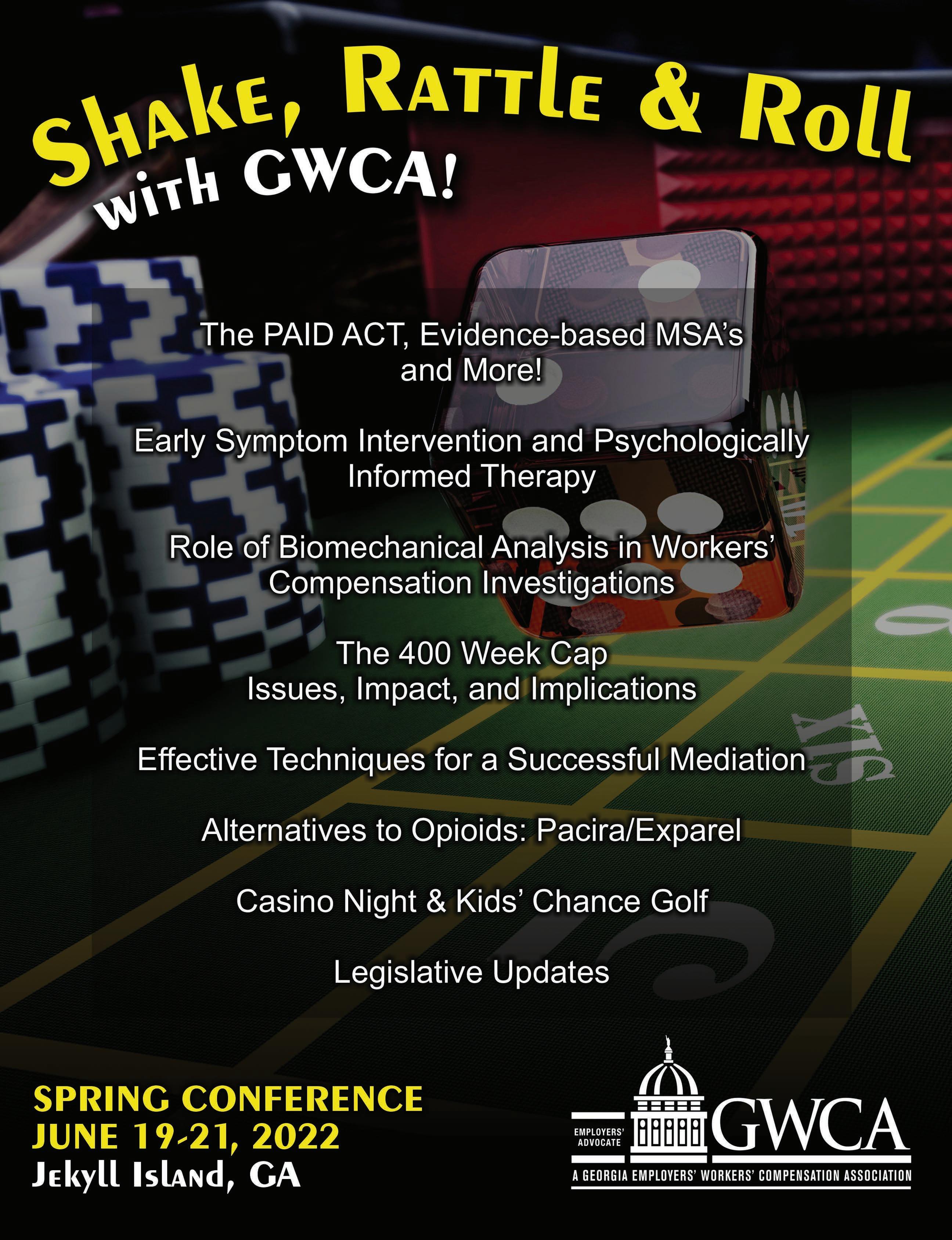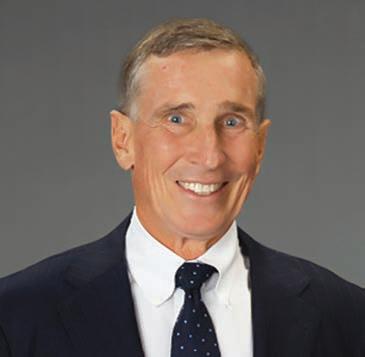
2 minute read
Rehabilitate, Recover, and Restore
Randy F. Rizor, M.D.

He was a former U.S. Marine who had herniated a lumbar disc six years earlier lifting luggage. I watched him from the window as he got out of his transportation service and walked through the front door into the lobby. He was bent forward at the waist about forty-five degrees, his elbows resting on a rolling walker. He was wearing a back brace as well as braces on both ankles. He walked slowly, shuffling his feet.
He had constant pain in his back and both legs, despite having had two back surgeries, an implanted spinal cord stimulator, and taking two opioids equivalent to over 50 mg of morphine a day. He required transportation and attendant care. His case had been designated as catastrophic. After walking about thirty feet, he sat down, out of breath. His shoulders slumped and his arms shook as he signed the consent for treatment.
Six weeks later, I watched him again as he walked through the lobby; this time on the way out. He had no braces. The rolling walker had been replaced by a single-point cane. His left foot drop was barely noticeable. The day before, he had walked over a mile on an outside track and had performed a plank for over sixty seconds in the gym. He had not taken an opioid in four weeks. Before he left, we talked about the future – moving into his own apartment, enrolling in classes, and looking for a job.
Between those two occasions, he had been a patient at the Rizor Institute, our interdisciplinary residential rehabilitation program. Six days a week, he participated in structured, goal-oriented physical and occupational therapy four hours a day. Opioids were weaned as his activity level was increased. He had individual behavioral therapy and rehabilitation coaching sessions twice a day by telemedicine link in his room. At night, he did homework studying self-management techniques. His catastrophic thinking was replaced by proactive planning and problem-solving. He had nutritional counseling and lost weight.
Our program—treating chronic pain by focusing on function—is new, but the principles of comprehensive treatment of all components of chronic pain—biological, psychological, and social—date back fifty years.
In the 1970s, centers created by Dr. Hugh Rosomoff in Miami and Dr. John Bonica in Seattle, each treated hundreds of patients a year. Dr. Rosomoff, a neurosurgeon, started his program to “prehab” patients scheduled for back surgery. Often the treatment was so effective that the anticipated surgery was never performed. In the 1990s, theories on pain treatment changed. Chronic pain was considered to be like acute pain arising solely from a biological cause that could be located and treated. Opioid medications were considered a safe, effective, and economical way to treat all pain. Between 1997 and 2002, the number of prescriptions for oxycodone increased from 670,000 to 6.2 million. At the same time, the proliferation of easily placed implant systems for spinal fusion contributed to the belief that back pain had a primarily mechanical cause that could be corrected.
Between 2004 and 2015, the rate of spinal fusions increased by thirty-two percent (32%). During this time, the availability of comprehensive interdisciplinary treatment all but vanished as programs across the country, including the ones in Seattle and Miami, closed.
The resulting epidemics in opioid addiction and failed back surgery with their devastating financial and social cost have brought attention to the flaws in the medical evidence that produced those problems. Today, the focus in treating chronic pain is returning to rehabilitative strategies. At the Rizor Institute, our results speak for themselves. Please call 404-443-8484 or visit rizorinstitute.com for more information.
Randy F. Rizor, M.D,. is president and a founding partner of The Physicians Spine & Rehabilitation Specialists and practices in the Sandy Springs and Stockbridge offices. Dr. Rizor has been named one of Atlanta’s top doctors by Atlanta Magazine and one of the top doctors in the country by US News and World Report. He is a member of the Chairman’s Advisory Council of the Georgia State Board of Workers’ Compensation. He currently serves as President of the Medical Association of Atlanta, as well as with the Board of Directors of the Medical Association of Georgia.

